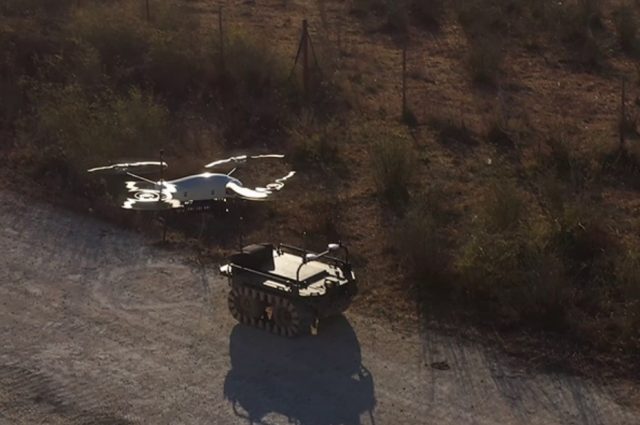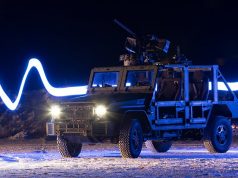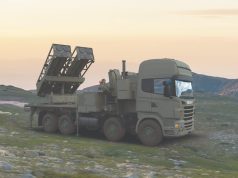Israel-based defense technology company Elbit Systems has demonstrated an intelligence surveillance and reconnaissance (ISR) capability based on heterogeneous autonomous drone swarms to the Royal Netherlands Army.
The demonstration in northern Israel was part of the Dutch Robotic Autonomous Systems (RAS) concept development and experimentation program, which is running a two-year concept development & experimentation program to eventually pave the way for an operational unit.
For the demo, Elbit deployed swarms comprising of the PROBOT unmanned ground vehicle and two types of vertical takeoff and landing mini unmanned aircraft systems (VTOL mini-UAS) including the THOR, all powered by the TORCH-X RAS software suite.
During the capability demonstration, different robotic pairings operated as swarms autonomously performing three types of operational missions. The missions included planning, navigating to predefined points, allocating sectors and the performance of various ISR tasks.
“We focused on demonstrating the capacity of autonomous swarms to leverage mature integrative artificial intelligence and algorithms as field experience with operating manned-unmanned teaming (MUM-T) capabilities shows that those are the key to the effective integration of RAS capabilities”, commented Gil Maoz, VP of Elbit Systems C4I and Cyber.
Equipped with autonomy kits and electro-optical payloads, a swarm of three THOR VTOL mini-UASs and PROBOT UGV performed a “point of interest” reconnaissance mission.
The TORCH-X RAS Command and Control application used the THOR VTOL mini-UAS swarm to dominate the area of interest and deployed the PROBOT UGV to complete the intelligence picture.
Real-time video feeds were transmitted by all four platforms while AI powered automatic target recognition and designation capabilities enabled effective target acquisition.
In a second mission scenario, two VTOL mini-UASs were dispatched to resupply front line forces. Taking-off from different destinations the two platforms navigated to predefined locations conducted accurate landing and autonomously returned to their home bases upon mission completion.
The third mission was an airborne deployment of unattended ground sensors using two THOR VTOL mini-UASs quipped with sensor dispensers. Operating as a swarm the two THORs arrived at pre-defined points accurately off-loading the miniature Lonely Rider UGS enabling data collection from ground sensors designed to enhance the ISR combat picture.



























